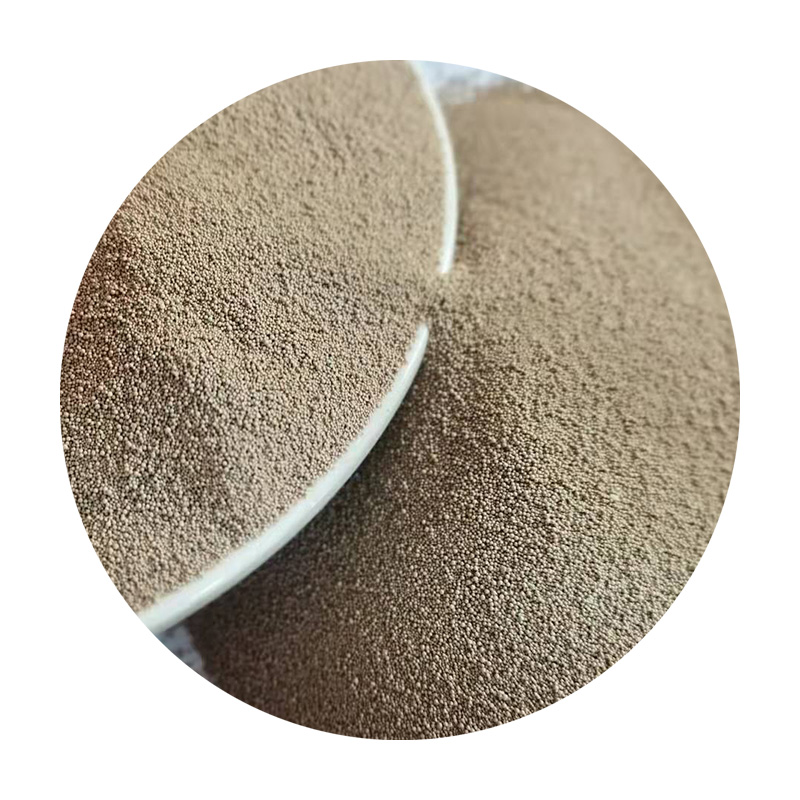

For intricate ceramic pieces, consider using a sanding block or electric sander equipped with an appropriate attachment. These tools provide more control and efficiency, especially on larger surfaces. Be mindful of the speed settings on electric sanders; slower speeds typically yield better control and reduce the risk of over-sanding. Throughout the sanding process, regularly wipe down the ceramic surface with a damp cloth. This simple step helps remove dust, allowing you to better assess the surface’s condition. It also ensures that dust accumulation doesn't interfere with your sanding and prevents clogging of your sandpaper, prolonging its life. After achieving a smooth surface with the finer grit sandpaper, if the item is to be painted or sealed, follow it up with a thorough cleaning. Remove all dust particles, as they can interfere with adhesion. A tack cloth or a vacuum with a brush attachment might be helpful for this purpose. Sanding ceramic might require patience and a methodical approach, but the payoff is significant—a beautifully smooth surface ready for customization. Over time, with practice, your technique will improve, and you'll develop an intuitive feel for how best to work with different ceramic items. In conclusion, sanding ceramics is not only about the physical act of sanding but also about understanding the material properties of ceramics, selecting the correct tools, and applying careful attention to detail. Armed with these insights and steps, any enthusiast or professional can sand ceramic with confidence and precision, ensuring their projects meet the highest standards of craftsmanship. Post time:1 月 . 15, 2025 09:13
Next:High Refreactoriness Ceramsite Foundry Sand For Steel Casting
